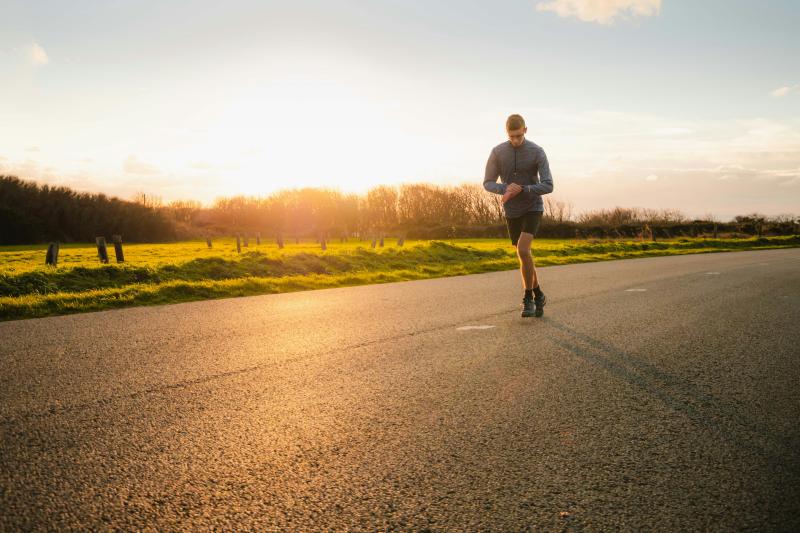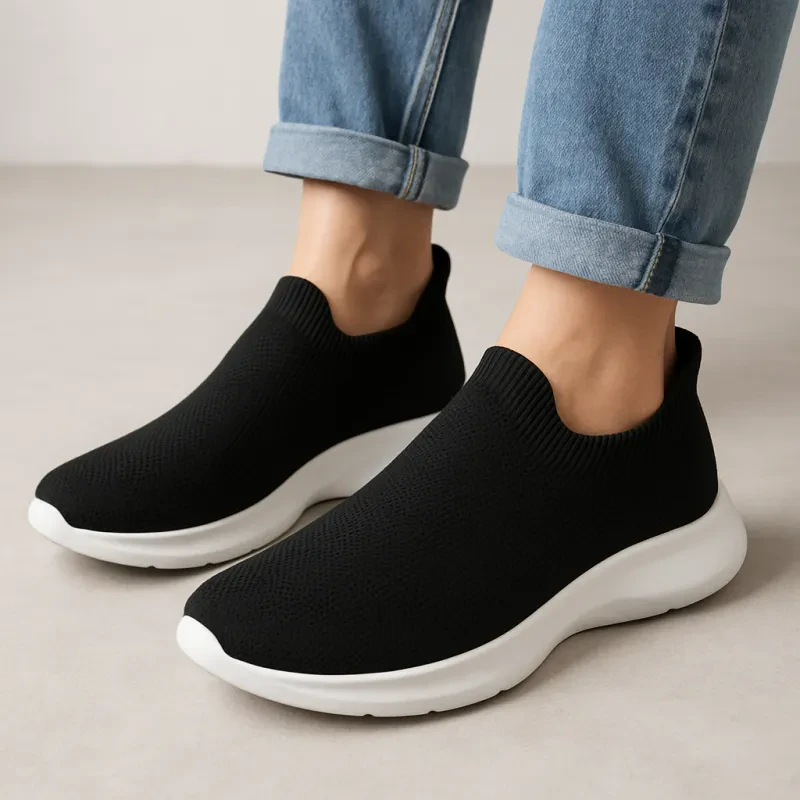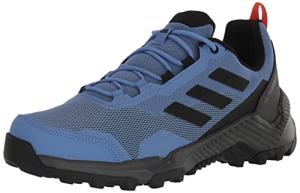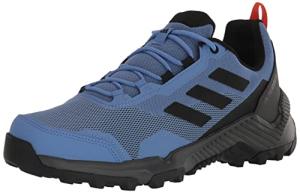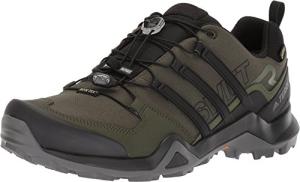Introduction:
Mastering the tennis serve is key to improving my game and gaining an edge over my opponents. A strong serve combines proper technique, precision, and physical strength, making it one of the most effective weapons on the court. I have found that focusing on these elements can significantly enhance my ability to deliver powerful and accurate serves.

In this blog post, I will share my insights and techniques to help you unleash a serve that not only packs a punch but also places pressure on your opponents. I will cover everything from the fundamentals of grip and stance to advanced serve techniques and mental preparation, ensuring that you can approach your next match with confidence.
By mastering your serve, you can change the dynamics of your gameplay and elevate your overall tennis skills. Let's dive into how you can transform your serve from a basic hit into a powerful weapon.
Key Takeaways
- Understanding the basics improves serve power and accuracy.
- Practicing drills helps develop precision in serving.
- Mental tactics play a key role in effective match serving.
The Fundamentals of a Powerful Serve

To hit a powerful tennis serve, it’s crucial to grasp the mechanics involved and to master the toss. These elements form the backbone of a successful serve.
Understanding Serve Mechanics
When explaining serve mechanics, I focus on the following key points:
-
Grip: I recommend using a continental grip. This grip allows for versatility in serving techniques, such as flat, kick, and topspin serves.
-
Stance: A shoulder-width stance provides balance. I position my feet to face the net slightly, which enables a strong leg drive.
-
Leg Drive: Using my legs effectively can add power to the serve. I bend my knees and explode upward at contact.
-
Timing: Timing is essential for a powerful serve. I ensure that my racket meets the ball at the highest point of my toss.
Paying attention to these mechanics can dramatically improve serve quality and power.
Mastering the Toss
A consistent toss is vital. Here’s what I focus on:
-
Height: I aim for the ball to be at least 12 inches above my reach when my arm is fully extended. This gives me the chance to strike down at the ball for power.
-
Placement: I toss the ball slightly in front of me. This angle allows my racket to swing through cleanly, contributing to power and spin.
-
Consistency: I practice my toss regularly. Making it the same every time ensures I can focus on my stroke rather than worrying about the toss.
By perfecting the toss, I can greatly enhance my serve's effectiveness and reliability.
Developing Serve Precision

Precision in my tennis serve is crucial for winning matches. It relies heavily on consistency in my technique and mastering my ball toss. These elements come together to create an accurate serve that can challenge my opponents.
The Role of Consistency
I know that consistency is key when aiming for precision. Each time I serve, I focus on the same motions and angles. This helps build muscle memory, making my serves more reliable.
Tips for Building Consistency:
- Practice Regularly: I dedicate time each week to practice my serve.
- Use Drills: I incorporate specific drills that target my serve accuracy.
- Maintain Focus: Staying mentally sharp helps me execute each serve with the same level of concentration.
By making these practices a routine, I enhance my ability to deliver consistent serves during matches.
Perfecting the Ball Toss
My ball toss is a critical component of an accurate serve. If this part is off, it can throw everything else off balance. I focus on keeping my toss at the right height and in the right spot.
Key Elements of a Good Toss:
- Height: I aim to toss the ball high enough to give me time to swing.
- Placement: I try to release the ball directly in front of me.
- Smooth Motion: Avoiding any jerky movements helps me maintain control.
I often practice my toss separately to ensure I get it right. This small adjustment can lead to more precise serves in matches.
The Serve in Action: Stance and Motion

To serve effectively in tennis, I focus on both my stance and the serve motion. Each part plays a vital role in generating power and accuracy. With the right technique, I can maximize my potential every time I step up to serve.
Optimizing Stance and Footwork
My stance is crucial for a powerful serve. I position my feet with the front foot pointing toward the right net post while the back foot stays parallel to the baseline. This setup gives me balance and stability.
Key points for a strong stance:
- Wide Base: A wider stance helps distribute my weight evenly.
- Soft Knees: Keeping my knees slightly bent allows for better movement and balance.
- Foot Position: I align my back foot's toes with the heel of the front foot for better leg drive.
Good footwork is essential as well. I practice quick movements to adjust my position before serving. By training my legs, I improve my agility and readiness for the shot.
Executing the Serve Motion
When I serve, I follow a specific motion that includes several components. First, I initiate with a smooth toss of the ball. It’s important to aim for a consistent height and location for the toss.
Components of the serve motion:
- Leg Drive: I bend my knees and push up with my legs, which generates power.
- Racket Angle: As I strike the ball, I ensure my racket is in the correct position to create both speed and spin.
- Follow-Through: After hitting the ball, I focus on a complete follow-through. This helps maintain balance and prepares me for the next shot.
By combining a strong stance with an efficient motion, I can deliver serves that enhance my overall game.
Building Physical Strength for Serving Power

A strong serve in tennis relies heavily on physical strength. By enhancing specific muscle groups, I can improve my serving power. Focusing on strength training and core engagement will greatly benefit my game.
Strength Training Essentials
To build strength for serving, I focus on exercises that enhance the muscles used in the serve. Key muscle groups include the shoulders, triceps, legs, and core. Here are some essential exercises:
- Shoulder Press: Builds shoulder strength.
- Tricep Extensions: Targets the triceps for improved arm power.
- Squats: Engages the legs and core for better stability.
- Planks: Strengthens core muscles, improving overall balance.
Incorporating these exercises into my training program helps increase maximum power in my serve. I aim for at least 2-3 sessions per week of strength training while ensuring proper form to avoid injury.
Leg Drive and Core Engagement
Leg drive is crucial for generating power in my serve. When I push off the court with my legs, it creates a strong base. A well-timed leg drive allows my body to add force to the ball.
To maximize this power, I also engage my core. A strong core stabilizes my body during the serve. Including exercises like:
- Medicine Ball Throws: Enhances explosive power.
- Deadlifts: Strengthens the lower back and legs.
- Rotational Exercises: Improves the torso's power transfer.
By focusing on leg drive and core engagement, I can create a more effective and powerful serve. This combination of strength and technique leads to better performance on the court.
Advanced Serve Techniques
In this section, I will focus on two important advanced serve techniques: the kick serve and the slice serve. These techniques can enhance the effectiveness of my serve and add variety to my game.
Exploring the Kick Serve
The kick serve is a powerful tool that can create a high bounce, making it challenging for opponents. To perform this serve, I start with my stance by standing slightly sideways to the net.
- Ball Toss: I toss the ball slightly in front and higher than usual.
- Racket Angle: My racket moves from low to high, brushing up the back of the ball to generate topspin.
- Follow-Through: It’s crucial to follow through with my racket finishing above my shoulder.
This technique requires practice but can greatly increase my chances of winning points, especially on clay courts.
Integrating the Slice Serve
The slice serve is another effective technique that adds variety to my serve game. This serve curves away from my opponent, making it hard for them to return it effectively.
- Grip: I use a continental grip, which helps me create the necessary spin.
- Ball Toss: I position the toss slightly to my side.
- Racket Motion: My racket moves across the ball, creating a side spin.
Mental Preparation and Tactics
Establishing a Pre-Serve Routine
My pre-serve routine is a crucial part of my preparation. It helps me get into the right mindset before I hit the ball. I start by taking a deep breath to calm my nerves. Then, I visualize the serve I want to execute.
Next, I go through a consistent set of movements. I always check my grip and stance. I also take a moment to observe my opponent, which helps me assess their position. This routine minimizes distractions and boosts my confidence. The repetition keeps me focused and ready to unleash my best serve.
Cultivating Mental Fortitude
Cultivating mental fortitude is essential to my game. It helps me handle pressure during matches. I remind myself to stay calm and composed, even when facing tough opponents.
I practice mindfulness techniques, which keep my thoughts anchored in the present. This focus prevents negative thoughts from creeping in during crucial moments. Visualization also plays a role; I picture successful serves and positive outcomes. I embrace challenges, knowing they build my resilience. In the end, mental fortitude allows me to respond better to setbacks and maintain confidence on the court.
Drills to Enhance Your Serve
Improving your tennis serve requires focused practice. I believe in using both solo routines and partnered drills to master key skills like consistency and power.
Solo Practice Routines
I often start my training with solo drills to boost my serve mechanics. One effective drill is the toss practice. I focus on tossing the ball consistently high and slightly in front of me. This helps me establish a reliable release point.
Another routine involves serving against a wall. I practice hitting the ball at a target on the wall. This builds accuracy and controls my follow-through. Lastly, I include shadow swings without hitting a ball to refine my form and timing. These routines greatly enhance my skills and prepare me for match situations.
Partnered Training Drills
Partnered drills are also essential for improving my serve. One useful exercise is to work with a partner to practice serving to specific targets. I divide the service box into sections and aim for these spots. This not only sharpens my accuracy but also adds a competitive element to practice.
Another exercise is the serve-and-volley drill. After serving, I move to the net to hit volleys. This helps me develop quick footwork and responsiveness. Finally, I like to engage in a serve competition with my partner. We take turns serving and score points based on accuracy and power, which adds excitement to our training.
Integrating the Serve into Match Play
Integrating my serve into match play is a key part of my strategy. A strong serve can immediately put pressure on my opponent.
I focus on my tossing technique. A consistent toss allows me to aim better and unleash more power. I make sure to practice this regularly, as it is the foundation of my serve.
During matches, I vary my serve types. Mixing in slice, flat, and kick serves keeps my opponent guessing. Sometimes, I aim for the body to force an awkward return.
Once I serve, I am ready to transition quickly. If I follow my serve to the net, I prepare for a possible volley. Being ready to volley or handle an overhead hit is crucial after serving.
The mental game also plays a role. I stay calm and confident after every serve. This mindset helps me maintain control, regardless of the match's intensity.
To keep improving my serving prowess, I track my serve stats. I note where I serve most successfully and adjust my tactics accordingly. I embrace the feedback to enhance my performance in future matches.
Frequently Asked Questions
In this section, I will address common questions about mastering the tennis serve. These answers will provide insights into increasing serve power, improving consistency, and making the most of body mechanics.
How can a player increase the power of their serve?
Players can increase serve power by focusing on their grip, stance, and follow-through. Using a continental grip allows for better racket speed. Additionally, engaging the legs and hitting the ball at the highest point helps generate more force.
What techniques are key for improving serve consistency in tennis?
Consistency comes from practicing the same motions repeatedly. I recommend focusing on your tossing technique and ensuring the ball rises to the same height every time. Maintaining a steady rhythm during your serve also aids in achieving reliable results.
How does body position affect the power and accuracy of a tennis serve?
Body position is crucial for both power and accuracy. A stable and balanced stance helps generate momentum during the serve. Aligning your hips and shoulders with the target can improve accuracy and ensure a more powerful shot.
What role does ball toss play in executing a powerful tennis serve?
The ball toss is vital for a successful serve. I find that a consistent toss height allows for a more effective swing. The toss should be slightly in front of my body to ensure a clean contact point and optimal racket angle.
Can mental preparation impact the effectiveness of a tennis serve?
Mental preparation can significantly affect my serve. Staying focused and confident leads to better performance. Visualizing the serve in my mind before attempting it can help me execute with more clarity and precision.
What are some common mistakes players make when trying to serve more powerfully?
One common mistake is neglecting footwork, which can undermine serve power. Another is over-gripping the racket, leading to tension.

